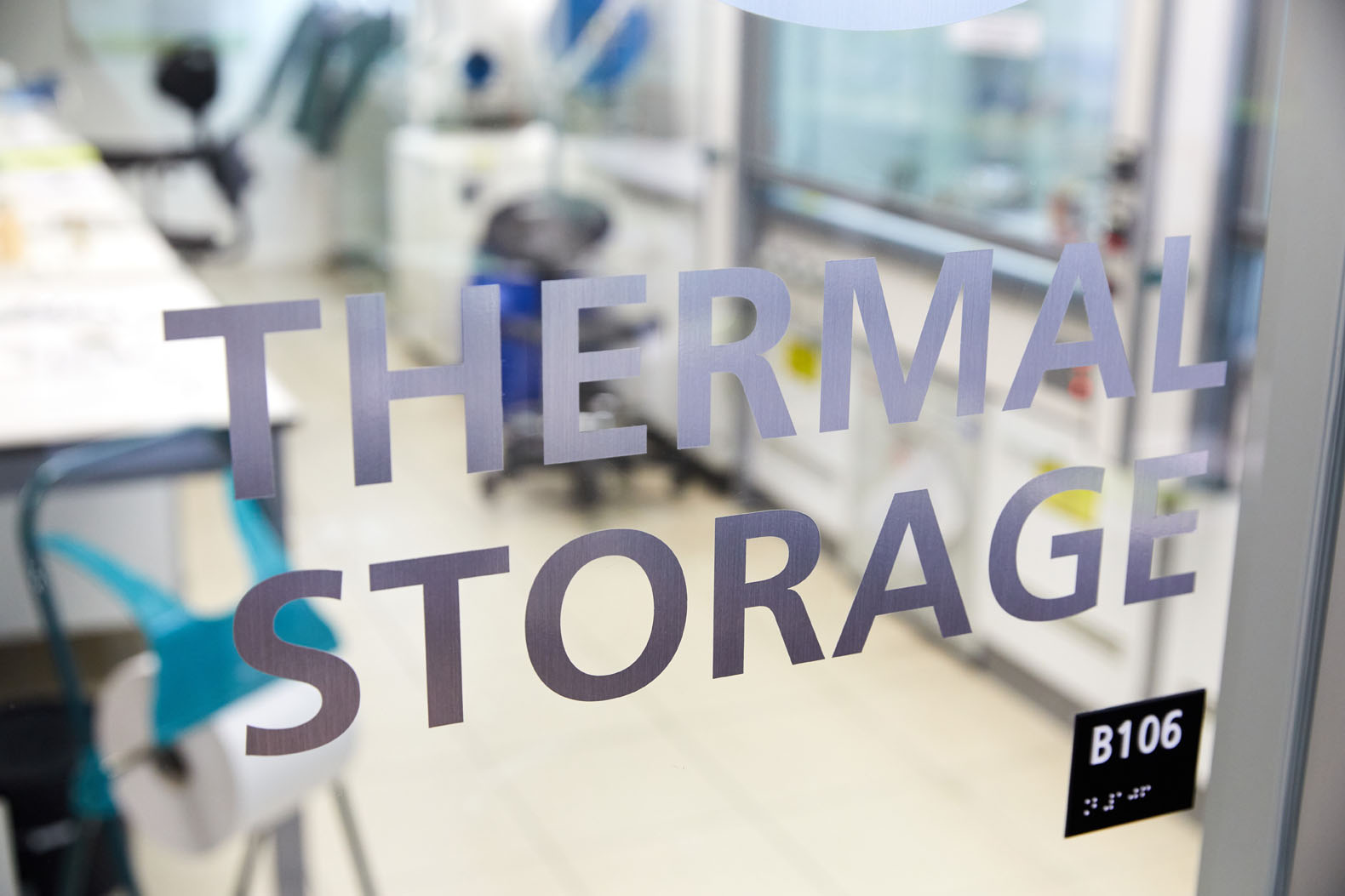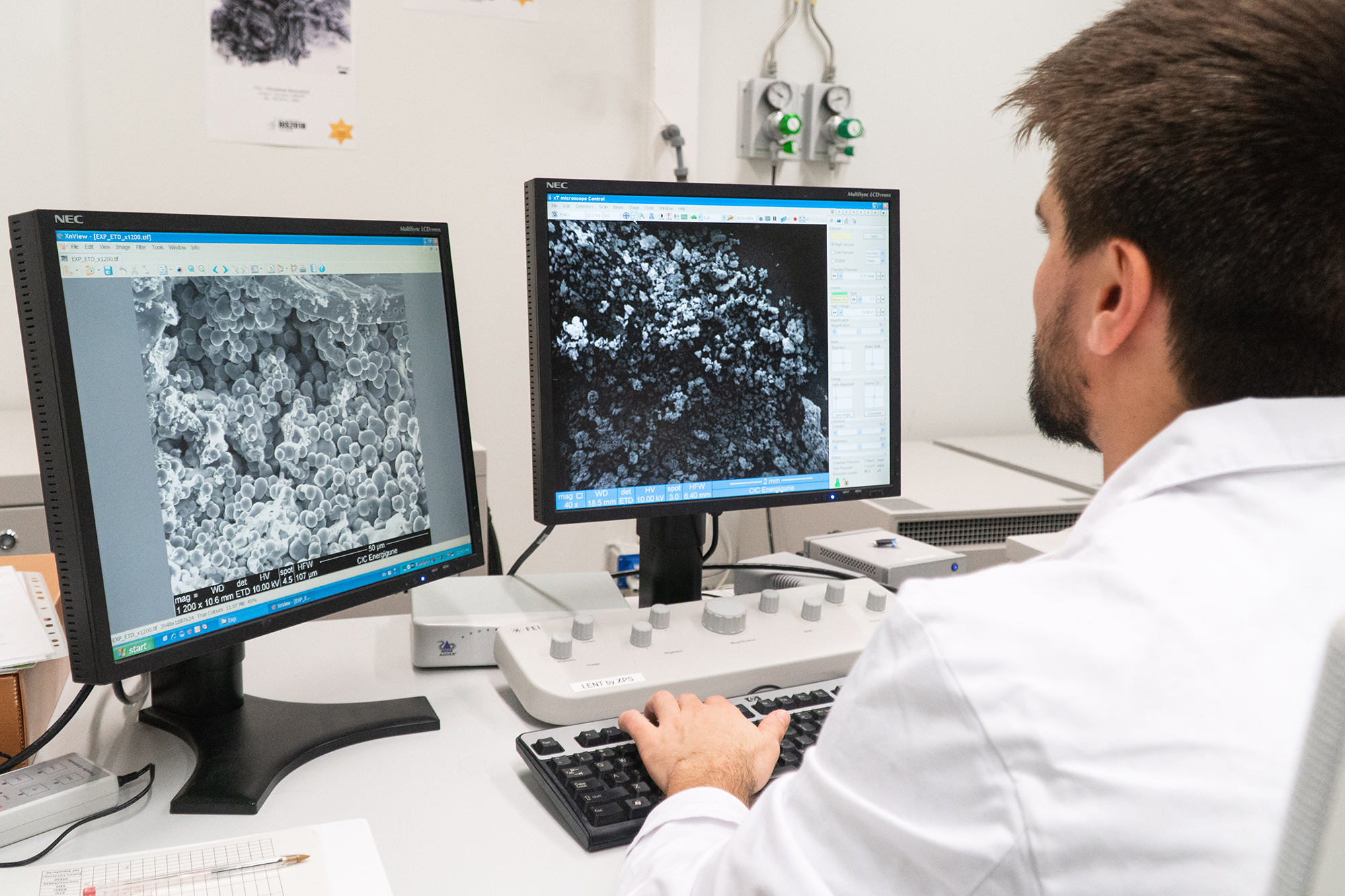CIC energiGUNE, the Basque research centre of reference in electrochemical and thermal energy storage and a member of the Basque Research & Technology Alliance -BRTA, is set to begin the analytical work associated with the European NRG-Storage project, which aims to put new, more efficient thermal insulation material for buildings on the market, based on a multi-functional cementitious foam. CIC energiGUNE´s work will focus on characterising all the ingredients of NRG foam compounds.
The NRG-Storage project, led by the Technical University of Darmstadt, involves 12 partners, eleven of them European and one from Argentina. In addition to CIC energiGUNE, are also participating in the consortium the Basque research center Centro de Física de Materiales (CFM CSIC), another member of the BRTA (Basque Research & Technology Alliance), Tecnalia, and the Basque company Graphenea, which shows the strength of the Basque innovation ecosystem in this field.
The development of this project revolves around the possibilities that porous nanocomposites, integrated into the envelopes of non-residential buildings, can offer as a means of insulation and, at the same time, thermal storage. This is a highly innovative "green" option that combines the use of non-flammable, ultra-light material with bio-based materials to produce a multifunctional cementitious foam, known as NRG foam.
CIC energiGUNE is particularly involved in two work packages of the NRG-Storage project: the design of components for thermal energy storage and the identification of resistance improvements and development of NRG foam. The Basque research centre will take responsibility for the characterisation of all the ingredients of the compounds of this innovative material (cement paste doped with graphite nanoparticles and microencapsulated phase change material) to ensure possible production replication and to determine the key thermodynamic properties to ensure optimum energy performance.
The general research line of the project is based on the injection of graphite-based nanoadditives, both in the cementitious foam matrix and in the bio-based fraction, with the aim of improving the thermal storage capacity, volume stability and mechanical properties of the resulting compound. The resulting NRG foam will be optimised to achieve the best possible combination of thermal insulation properties and heat storage capacity. A 25%+ improvement in insulation capacity, 10%+ in energy storage capacity and minimum 10% increase in water and air tightness are estimated for the final product, with a cost increase of less than 15% over current solutions based on synthetic materials, glass fibre or mineral wool.





